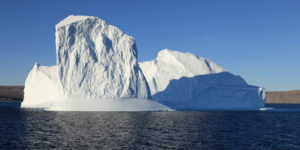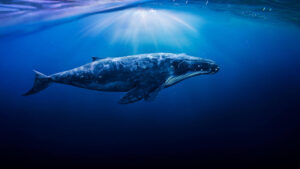At Ocean Sonics we are often asked, “why use two or more hydrophones? Can one be just as effective?”
The answer is, it depends.
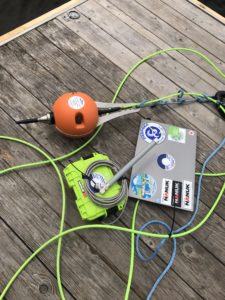 A single hydrophone deployment can be incredibly effective for certain projects such as creating ocean soundscapes, measuring SEL/SPL for impulsive sounds, as well as monitoring earthquake and geological activity. A single hydrophone deployment is best used when the sound data being collected does NOT need to be directional. This means that the direction of the sound source and the location of the sound source are not important to the project.
A single hydrophone deployment can be incredibly effective for certain projects such as creating ocean soundscapes, measuring SEL/SPL for impulsive sounds, as well as monitoring earthquake and geological activity. A single hydrophone deployment is best used when the sound data being collected does NOT need to be directional. This means that the direction of the sound source and the location of the sound source are not important to the project.
If direction or localization is important, a multi-hydrophone deployment is the most effective way to collect your data. This type of deployment is known as a hydrophone array. An array can be two, three, ten or even hundreds of hydrophones, working together to collect ocean sound data.
Basic static array of two hydrophones can be used to provide direction and localize a sound source. This is done by determining time of arrival or TOA. When looking at the data from the hydrophones, the TOA of a sound will differ and based on the separation distance of the sensors, someone can determine the direction that the sound came from and how fast it’s traveling. By adding a third hydrophone in a triangle formation, it’s possible to reduce left-right ambiguity and potentially localize a sound source.
These types of deployments are a good solution for monitoring vessel traffic and speed and tracking and localizing marine mammals.
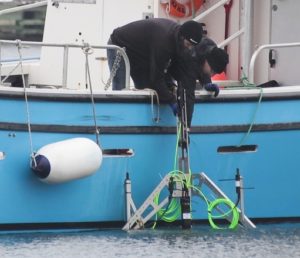 A great example of a static, mutli-hydrophone array is a tetrahedral array. Using a tripod, like the one Ocean Sonics has created, allows the user to mount multiple hydrophones on a sturdy mooring with uniform separation between all the sensors. A number of these tetrahedral arrays are currently in use on the west coast of Canada. They are part of a large-scale marine mammal tracking network, tracking the movements and behaviours of the endangered Southern Resident Killer Whales in real-time.
A great example of a static, mutli-hydrophone array is a tetrahedral array. Using a tripod, like the one Ocean Sonics has created, allows the user to mount multiple hydrophones on a sturdy mooring with uniform separation between all the sensors. A number of these tetrahedral arrays are currently in use on the west coast of Canada. They are part of a large-scale marine mammal tracking network, tracking the movements and behaviours of the endangered Southern Resident Killer Whales in real-time.
A vertical array is comprised of multiple hydrophones assembled into a vertical format. This is a specific type of array that allows the user to monitor sounds at varying depths throughout the water channel. Static vertical arrays are typically used for beam steering. By introducing multiple hydrophones in a stationary vertical formation, it is possible to get accurate measurements of a sound throughout the entire process of a specific sounds travel throughout the water column
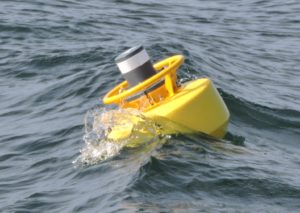 By attaching multiple hydrophones to a drifting buoy is a simple way to create a drifting vertical array. This is an omnidirectional mobile array. A drifting array using an Ocean Sonics WiFi buoy, the user can collect and view process data from multiple hydrophones in real-time. This deployment has been used as a non-invasive way to monitoring marine mammal behaviour at varying depths in the water channel. Because the buoy is silent and the data is sent via WiFi, users are able to collect this acoustic data without altering the animals behaviour with the presence of a vessel or diver.
By attaching multiple hydrophones to a drifting buoy is a simple way to create a drifting vertical array. This is an omnidirectional mobile array. A drifting array using an Ocean Sonics WiFi buoy, the user can collect and view process data from multiple hydrophones in real-time. This deployment has been used as a non-invasive way to monitoring marine mammal behaviour at varying depths in the water channel. Because the buoy is silent and the data is sent via WiFi, users are able to collect this acoustic data without altering the animals behaviour with the presence of a vessel or diver.
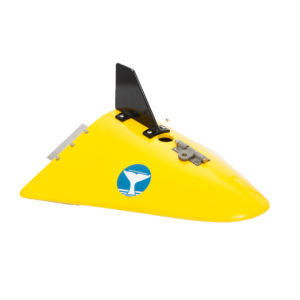 Finally, a towed array is a multi-hydrophone deployment consisting of multiple neutrally buoyant hydrophones towed a vessel or vehicle. In order to effectively collect sound data in this scenario, the use of a depressor is encouraged. This allows the hydrophones to be towed at a consistent depth behind a vessel so there are no discrepancies in the data due to changes in hydrophone location. Currently, Ocean Sonics has a solution for a towing a single hydrophone, but we hope to have a multi-hydrophone solution for users soon.
Finally, a towed array is a multi-hydrophone deployment consisting of multiple neutrally buoyant hydrophones towed a vessel or vehicle. In order to effectively collect sound data in this scenario, the use of a depressor is encouraged. This allows the hydrophones to be towed at a consistent depth behind a vessel so there are no discrepancies in the data due to changes in hydrophone location. Currently, Ocean Sonics has a solution for a towing a single hydrophone, but we hope to have a multi-hydrophone solution for users soon.
While there are many different types of arrays and different uses for all of them, one thing that all arrays have in common is the amount of knowledge than can be gained. By using multiple hydrophones in a deployment instead of a single sensor, the user can get a much clearer picture of what is happening in an environment. More hydrophones means more data, which ultimately will provide better results.
